A Simple, Cost Effective Way to
Weld Aluminum to Steel or Stainless Steel
Easy To Use
Tig Rod
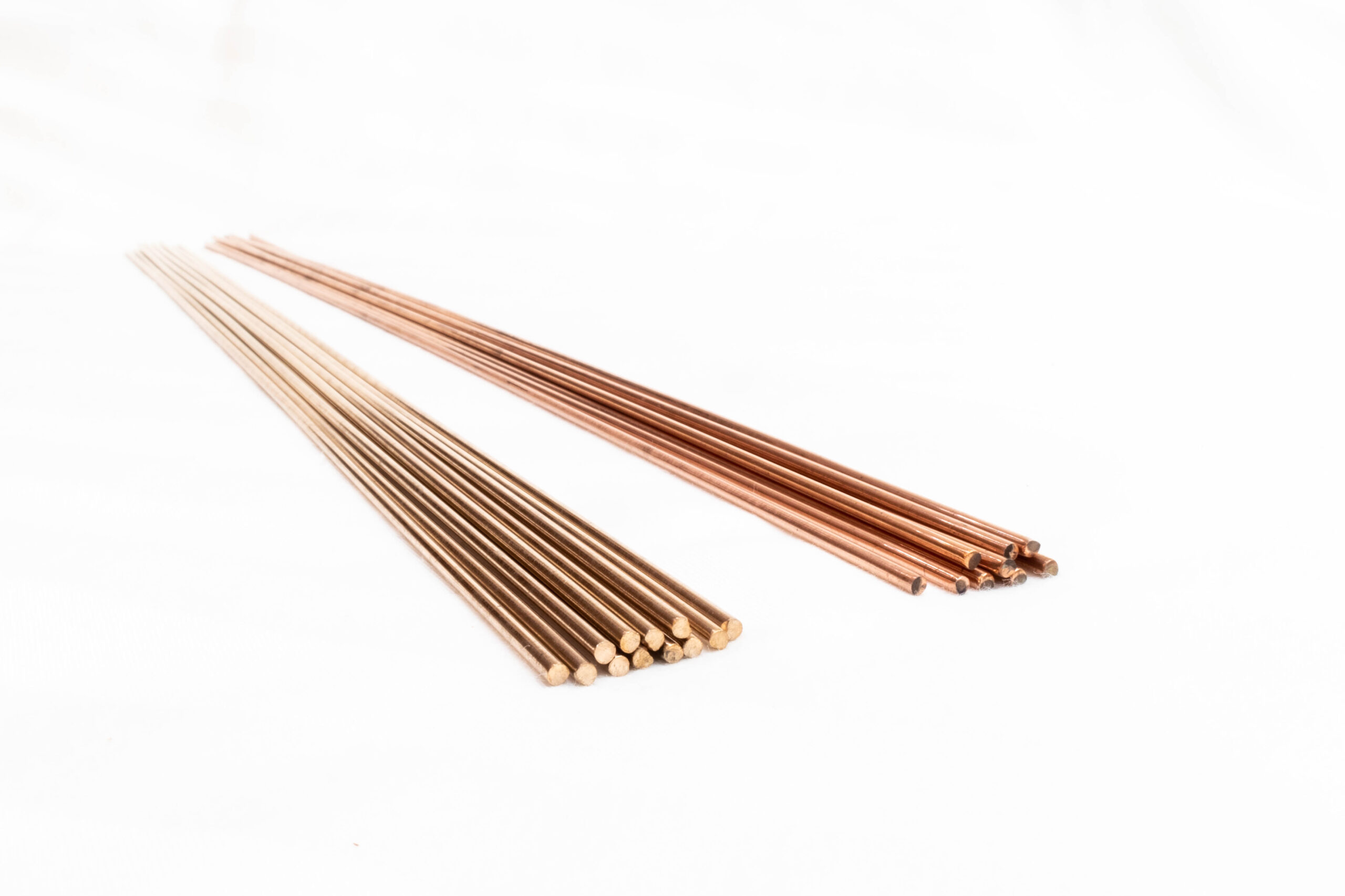
Mig Wire
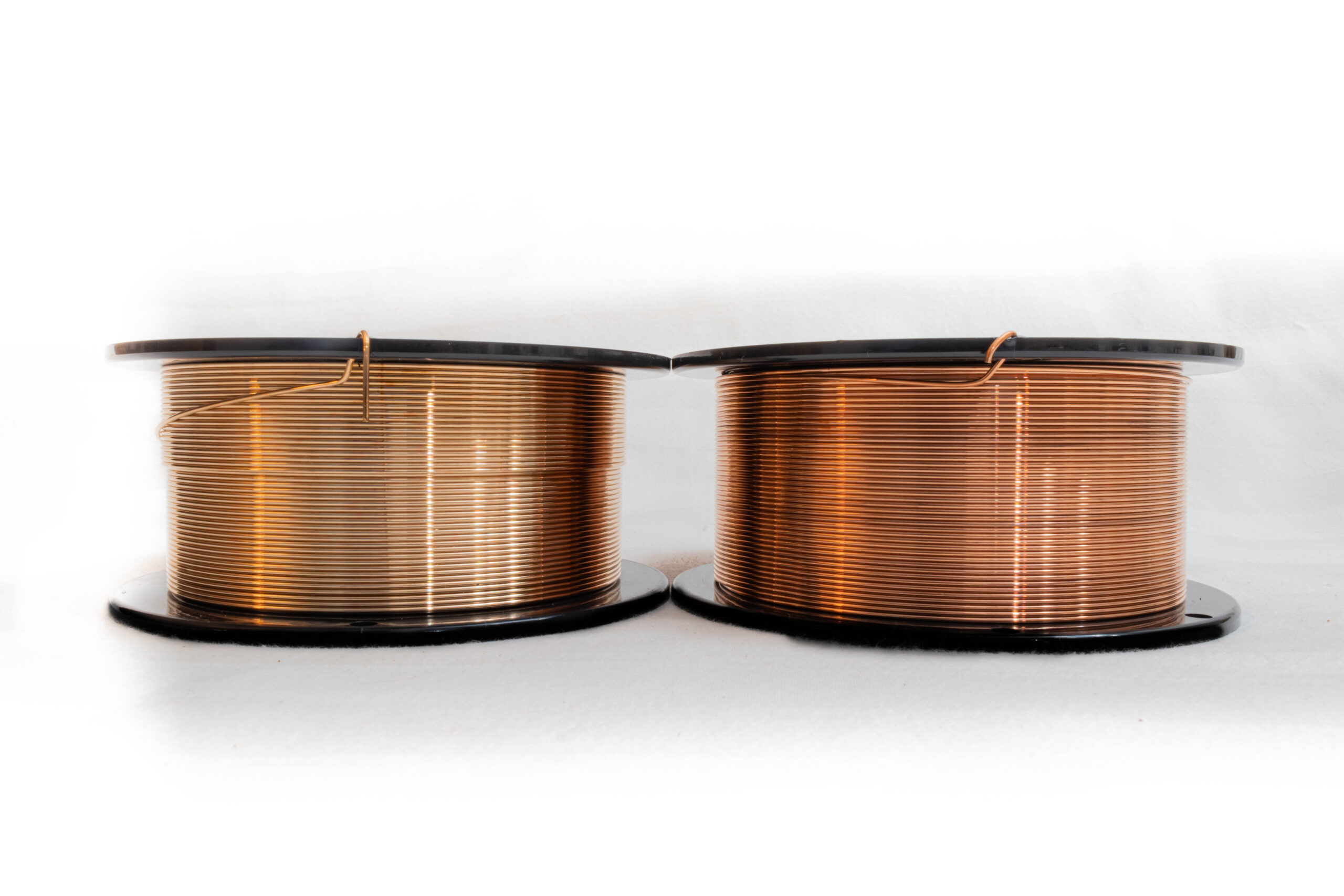
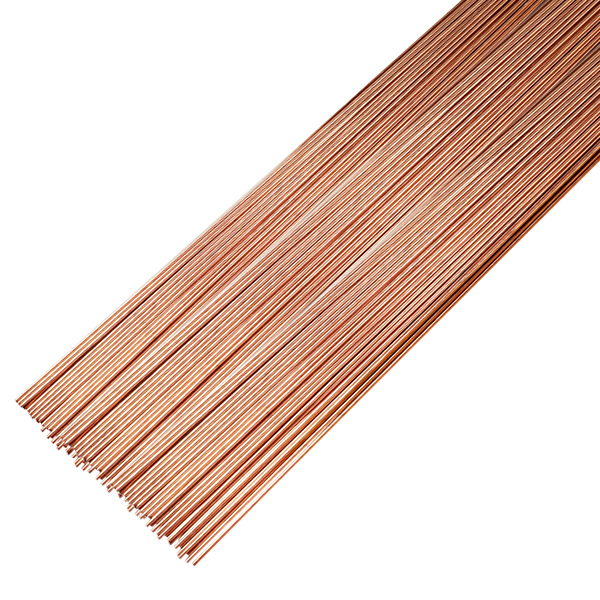
Aluma steel tig rod can be performed using only the # 2 rod on light duty applications requiring less than 1000 lbs. of load strength. Watch the video for a demonstration of how and when it’s acceptable . Refer to the load test report for comparison. For more demanding requirements use the standard instructions and technique found in video number 2 . Applications and use will vary so please feel free to contact us for advice

For most applications aluma steel tig rod is generally performed using both the #1 rod to precoat the steel and the #2 rod to join the two materials together. Average load strength is more than 2000 lbs. Watch the video demo and instructions to see how it’s used. Refer to the load test reports for comparison. For more demanding requirements use recommendations in video
number 3.
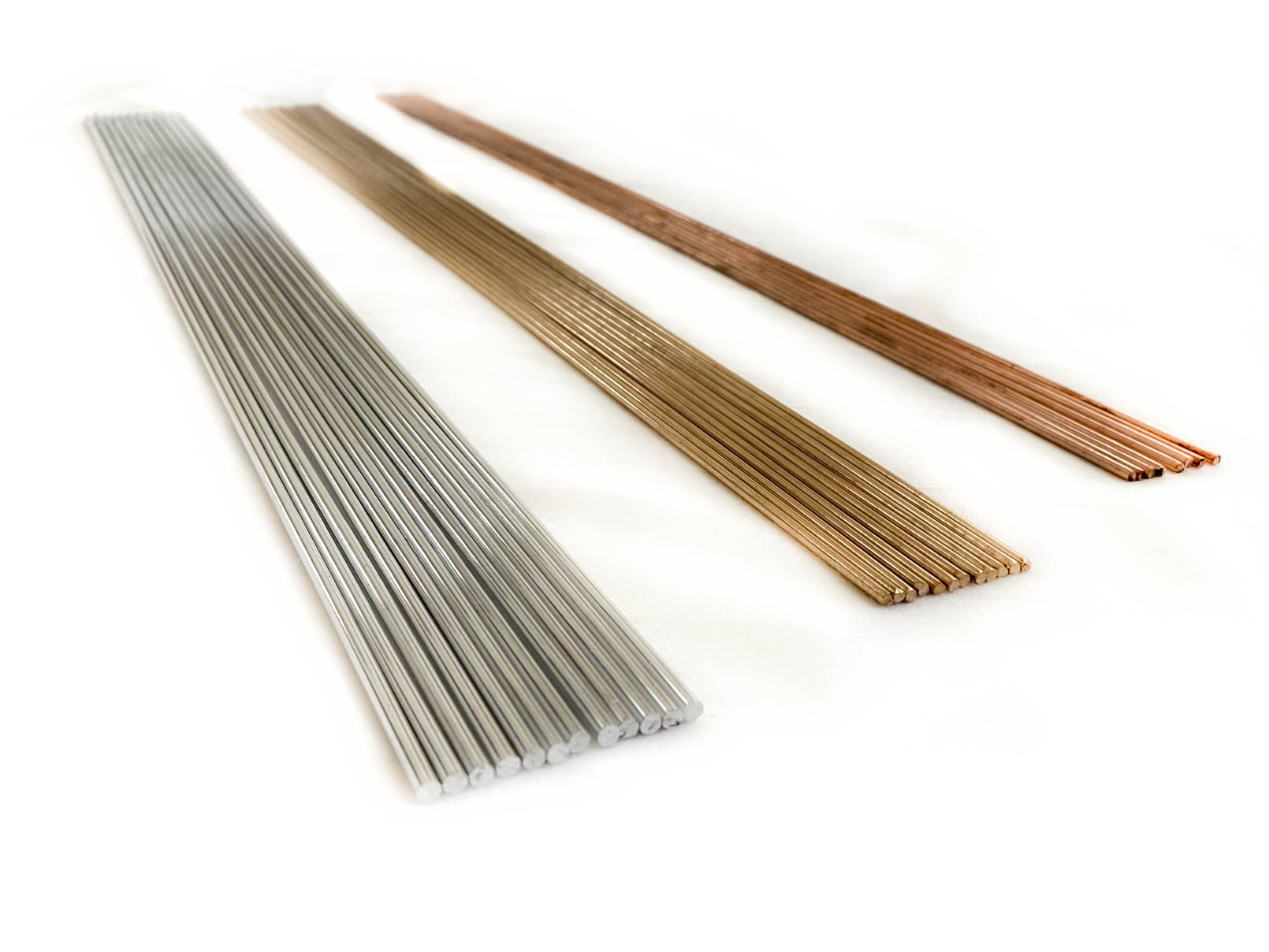
For maximum benefits use 4043 al to precoat the aluminum then proceed using the recommended instructions . Average load strength is more than 3000 lbs. See the load test reports for comparison. The following video is an example of the strength after use.

Mig wire can be used in a similar fashion as the tig rod . # 2 wire only for light duty applications . Or # 1 wire and # 2 wire for more strength and capabilities. Or for maximum strength then precoat aluminum with 4043 al then proceed with # 1 wire and # 2 wire as recommended. See Mig instructions for settings and general info.
Please remember that the #1 rod is to pre-coat the steel or stainless steel only. The #2 rod is to join the aluminum to the steel or stainless steel. Be sure to review the video demo, instructions, and settings before starting. Here are a few tips to help speed up the learning process: 1. You must use a foot control for the tig machine to do the manual pulse technique. It won’t work any other way. The steel or stainless steel does not require the manual pulse technique, only the aluminum when joining the two together. 2. Tight joints and no gaps as best as possible. 3. Make complete welds all around, front and back. 4. It does take some practice at first but everybody does get the hang of it. It has good tensile strength but does not bend well because of the dissimilar metal combination. This is common for this combination of materials.5. If using hot rolled low carbon steel be sure to grind scale sufficiently to ensure a good bond. Please contact us if you have any questions or need help.
Aluma Steel Tig Rod 1/8 Pack
- Dimensions: 1/8 x 20″
- (7) Rods of #1
- (7) Rods of #2
Aluma Steel Tig Rod 3/32 Pack
- Dimensions: 3/32 x 20″
- (12) Rods of #1
- (12) Rods of #2
Aluma Steel Mig Wire #1 and #2
- Dimensions:
- .030 Thickness OR
- .035 Thickness
